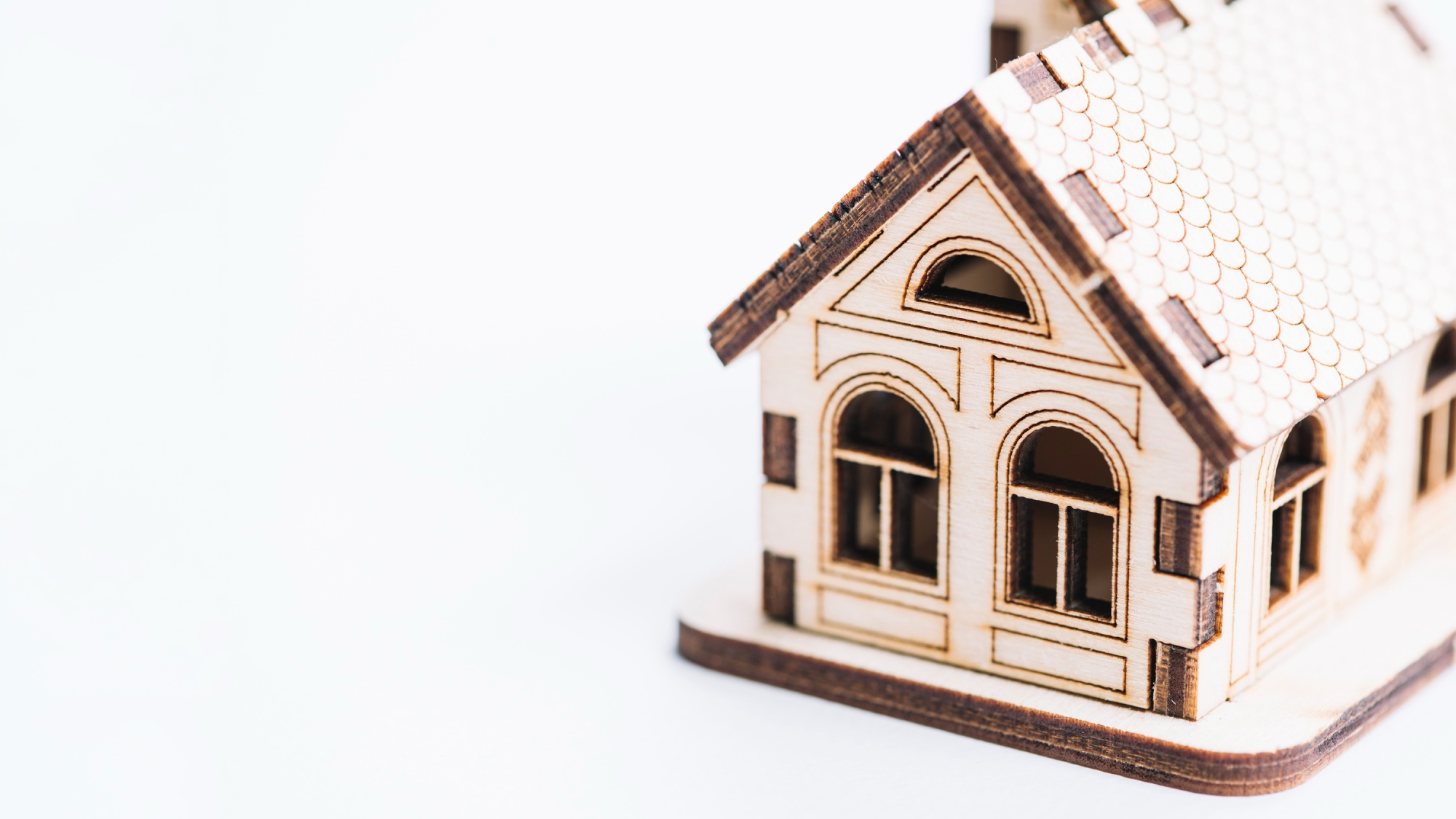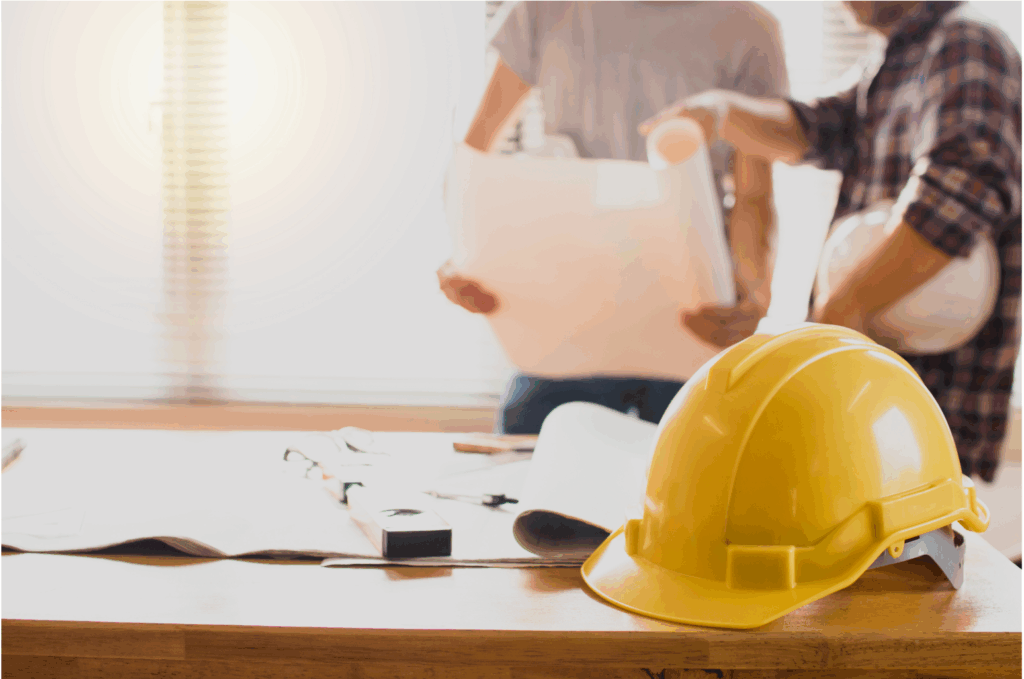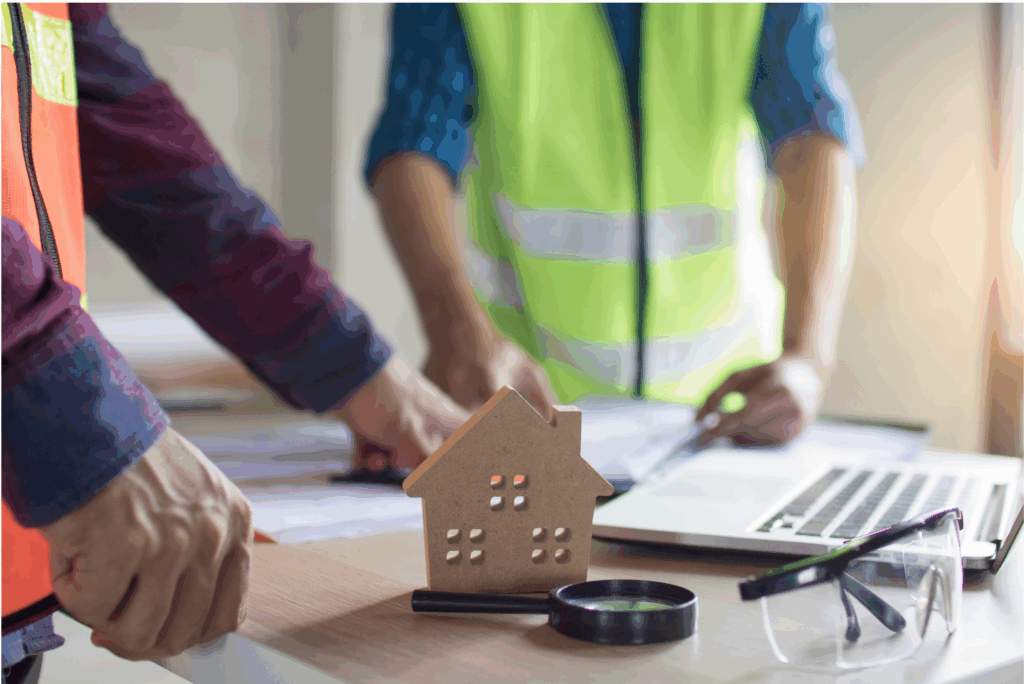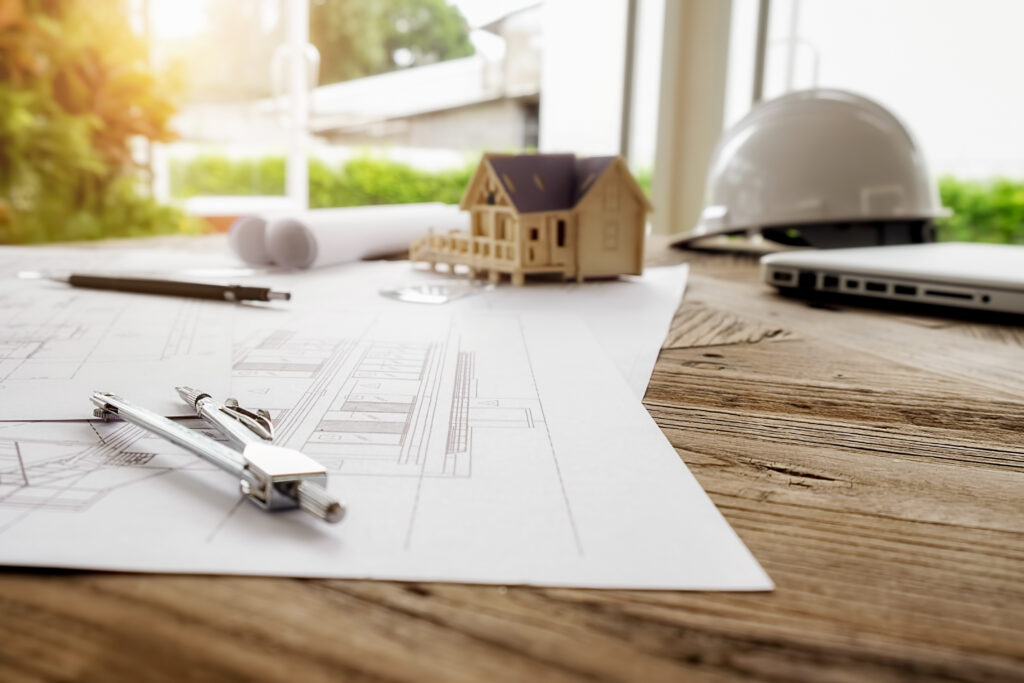Being a landlord involves much more than collecting rent. In Victoria, New South Wales, and Queensland, landlords are legally and ethically responsible for ensuring their rental properties are safe, habitable, and well-maintained. These responsibilities are in place to protect tenants, preserve property value, and maintain compliance with state legislation and Australian Standards.
This comprehensive guide explores the key responsibilities of a landlord, from legal obligations and safety requirements to maintenance, tenant communication, and compliance. By understanding these duties, property owners and managers can oversee their investments with confidence while avoiding costly disputes and penalties.
Key Takeaways
- Always use a written tenancy agreement and lodge bonds correctly.
- Keep properties safe and compliant with smoke alarms, electrical checks, and secure locks.
- Carry out regular maintenance to ensure everything stays in good working order.
- Provide 24 hours’ written notice (VIC & QLD) or seven days’ notice (NSW) before entering.
- Complete inspections, repairs, and updates between tenancies.
- Confirm new rental properties meet Australian Standards before leasing.
- Avoid common mistakes like delaying repairs or failing to document issues.
- Communicate clearly and respectfully with tenants to build trust.
- Remember that property owners and investors remain ultimately responsible, even with a property manager.
- Use independent building inspections and inspection reports to stay compliant and protect your investment.
Legal Responsibilities as a Landlord
At the heart of being a landlord are the legal obligations that come with managing a tenancy. Each state has its own legislation — such as the Residential Tenancies Act in Victoria — that governs how landlords and tenants interact.
Every tenancy must begin with a written tenancy agreement. This sets out the rights and responsibilities of both parties and provides a legal framework should disputes arise. Another legal requirement is the proper handling of the bond. Landlords must lodge bonds with the correct state authority, whether it’s the RTBA in Victoria, Rental Bonds Online in NSW, or the RTA in Queensland.
Transparency is also critical. You have a duty to disclose all material facts about the property before a tenant moves in. Alongside this, landlords must keep proper documentation. To demonstrate compliance and provide evidence in case of a dispute, landlords must keep thorough records of rent, maintenance, and inspections.
Managing these legal responsibilities correctly creates a solid foundation for a smooth tenancy.

Health, Safety & Compliance Responsibilities
A landlord’s duty goes beyond paperwork. Every property must meet minimum safety and compliance standards. These standards vary by state but cover four key areas:
- Smoke alarms: In Victoria, alarms must be tested annually. In NSW, landlords must ensure alarms are operational at the start of each tenancy, while tenants can replace removable batteries and must notify the landlord if an alarm is faulty. Queensland requires interconnected photoelectric smoke alarms in bedrooms, hallways, and living areas.
- Electrical and gas checks: In Victoria, electrical and gas safety checks are mandatory every two years. While not yet legislated in NSW or QLD, landlords there still carry the responsibility for ensuring safety.
- Security: All states require rental properties to have secure entry points and locks on doors and windows that meet minimum safety standards.
- Habitability: A property must be structurally sound, free of hazards such as mould, dampness, or pest infestations, and fitted with safe heating, plumbing, water supply, and ventilation.
By keeping on top of these responsibilities, as a landlord, not only do they protect their tenants but also safeguard their investment from potential liability.
Routine and Preventive Maintenance
Keeping a property in good repair is an ongoing responsibility. Tenants are entitled to live in a home that is in good working order, which means landlords must respond to maintenance requests promptly and ensure supplied appliances remain safe and functional.
Preventive maintenance is equally important. Regular building inspections — often scheduled every six to twelve months — allow landlords or their property managers to identify small issues before they escalate. Plumbing leaks, blocked gutters, or faulty heating systems are easier and cheaper to address early.
Routine upkeep of common areas, garden care, and pest control are also part of a landlord’s duties. Staying proactive in this way prevents costly repairs down the track and supports positive landlord–tenant relationships.

Responsibilities During Tenancy
Once a tenancy is underway, landlords must manage the property in a way that balances tenant rights with their own obligations. You must handle urgent repairs immediately. This includes any issues with the water supply, heating, or immediate safety risks. Landlords should also complete non-urgent repairs within a reasonable timeframe to show their commitment to tenant wellbeing.
Landlords and property managers must observe notice requirements before entering the property. In Victoria and Queensland, landlords must give at least 24 hours’ written notice, while in New South Wales, property owners must provide seven days’ notice for routine inspections. Respecting these notice periods ensures tenants enjoy their right to privacy and quiet use of the property.
Accurate record-keeping is essential during tenancy. Logging all repairs, notices, and communications provides transparency and can quickly resolve disputes if they arise.
Responsibilities Between Tenancies
When one tenancy ends, landlords must prepare the property for the next. A final inspection against the original condition report determines whether the tenant needs to rectify any damage. Before new tenants move in, landlords must complete all necessary cleaning, repairs, and updates to comply with checks like smoke alarm and electrical inspections.
This period is also an excellent opportunity to make improvements or upgrades to the property. By ensuring the home is safe, compliant, and well-maintained, landlords can attract quality tenants and reduce the risk of disputes in the next tenancy.

Responsibilities for New Rental Properties
Leasing a newly built property involves additional steps. Landlords must ensure occupancy certificates have been issued, confirm compliance with the National Construction Code, and rectify any builder defects before advertising the property.
Independent inspections at construction milestones and at handover provide reassurance that the property is compliant and fit for rental use. This reduces the risk of future disputes and ensures the property meets all minimum standards from the very first tenancy.
Common Mistakes Landlords Make
Even experienced landlords can make mistakes that jeopardise compliance. The most common issues include neglecting safety checks, delaying maintenance, failing to document repairs or inspections, and entering the property without giving the required notice. Landlords frequently fall behind on changes to tenancy laws because the laws vary across states, and governments update them regularly.
The simplest way to avoid these pitfalls is to stay proactive. Regular inspections, detailed record-keeping, and a commitment to staying informed about legislation changes will help landlords remain compliant and maintain positive relationships with tenants.

Best Practices for Communicating with Tenants
Clear and respectful communication underpins a successful tenancy. Landlords who respond promptly to repair requests and keep tenants informed about maintenance timelines build trust and reduce disputes.
Written communication, whether by email or through property management software, provides a clear record of agreements and helps prevent oversights. Setting expectations at the start of a tenancy about how tenants should report issues and how landlords will respond helps establish transparency from day one.
Good communication not only supports compliance but also creates a more positive rental experience for everyone involved.
Balancing Responsibilities as an Investor and Landlord
Many landlords are also investors, often managing multiple or interstate properties. While property managers or real estate agents can assist with daily tasks, the ultimate responsibility for compliance remains with the landlord.
Independent inspections provide reassurance that properties remain safe and compliant, even when landlords cannot be physically present. Detailed inspection reports, supported by photographs and action plans, give investors confidence that their properties are well-maintained and legally compliant.

Penalties for Non-Compliance
Failing to meet landlord responsibilities can result in significant consequences. Depending on the breach, landlords may face:
- Fines and penalties from consumer affairs bodies or tenancy authorities.
- Compensation claims lodged by tenants through state tribunals.
- Voided tenancy agreements if legal requirements were not met.
- Legal liability for injuries or property damage caused by neglect.
These outcomes not only carry financial costs but can also damage a landlord’s reputation. Remaining proactive is always more cost-effective than addressing the consequences of non-compliance.
Why Independent Inspections Are Essential
Independent inspections play a vital role in helping landlords meet their responsibilities. They identify potential issues early, deliver impartial reports for use in disputes, and keep properties compliant with evolving laws.
Landmark Inspections uses a 250-point checklist supported by advanced technology and high-resolution imagery to deliver comprehensive reports. We provide reports within 24 hours, offering you clear and actionable insights into your property’s condition.
How Landmark Inspections Can Help
Landmark Inspections supports landlords and property managers with tailored services across Victoria, NSW, and Queensland. These include:
- Rental safety and compliance inspections (Melbourne).
- New build and investment property inspections across all key locations.
- Cloud-based reports with photographs and clear action plans.
- Coordination with builders and trades to streamline repairs.
- Ongoing support for up to 12 months after inspection.
With over 30 years of combined experience, our licensed inspectors bring expertise and clarity to every job. We make compliance simple and give landlords the peace of mind that their properties are safe, secure, and rental-ready.

Stay Compliant with Landmark Inspections
Being a landlord in Victoria, New South Wales, or Queensland means keeping up with a wide range of responsibilities, from legal compliance and safety standards to property maintenance and tenant care. Staying on top of these obligations protects your tenants, preserves the value of your investment, and keeps you on the right side of the law.
With support from Landmark Inspections, landlords can simplify compliance and gain confidence that their properties are safe, secure, and rental-ready. Our team provides detailed inspections, clear reporting, and ongoing support, so you can focus on managing your property with peace of mind.
Book your property inspection today with our team to stay compliant and protect your investment.



